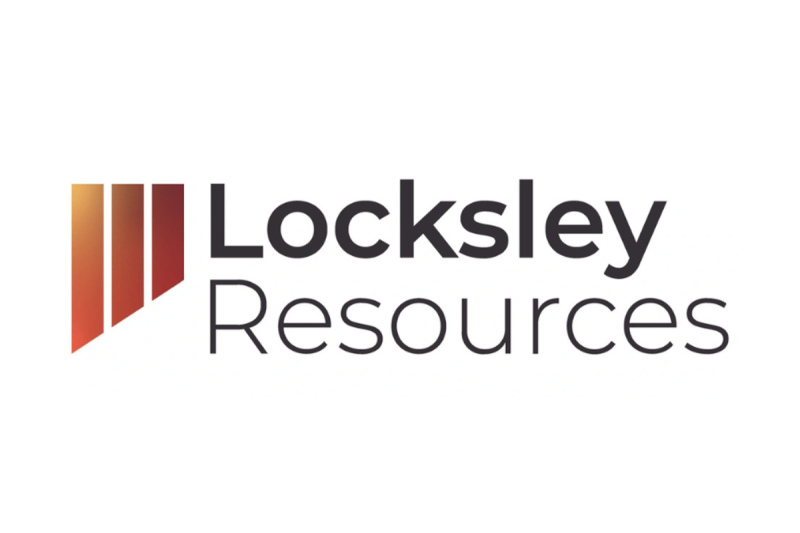Perth, Australia (ABN Newswire) – Altech Batteries Limited (ASX:ATC,OTC:ALTHF) (FRA:A3Y) (OTCMKTS:ALTHF) announced the completion of the final engineering design for its new-generation SNC UPS battery system. This milestone represents a significant advancement in the Company’s European commercialisation program, developed in partnership with AMPower, the world’s largest producer of sodium-nickel-chloride solid-state batteries.
Highlights
– Final design of the next-generation SNC UPS system now completed
– Factory Acceptance Testing (FAT) for the first unit scheduled for mid-March 2026
– Five trial sites identified across the Netherlands for deployment following successful FAT
– Major step toward European-wide commercial rollout with AMPower
– Supports gas infrastructure, heavy-industry UPS, and large-scale backup markets
– Reinforces growing demand for fireproof, maintenance-free SNC technology across Europe
With the design now complete, the first production unit is scheduled to undergo Factory Acceptance Testing (FAT) in mid-March 2026. The FAT process will validate the system’s electrical performance, safety features, communication protocols, and mechanical integration. This milestone will trigger the initiation of field deployments across the Netherlands, where the Company has identified five priority trial sites.
These five locations, secured through ongoing engagement with Dutch infrastructure and industrial partners, have been selected to demonstrate reliability across a range of UPS environments-including gas transmission facilities, industrial controls, and distributed safety-critical nodes. Each site will utilise the completed SNC UPS cabinet to replace ageing lead-acid or nickel cadmium assets, providing a direct drop-in comparison of life-cycle performance, reliability, and operational simplicity.
The Company notes that Europe’s infrastructure operators-particularly in gas transportation, water utilities, and industrial safety networks-continue to seek safer, maintenance-free alternatives to conventional battery systems. Lead-acid installations across Europe are reaching end-of-life in large numbers, while nickel-cadmium units face increasing environmental and regulatory pressure. Altech’s SNC solution directly addresses these needs, providing a fireproof, hydrogen-free, and maintenance-free UPS battery capable of operating in harsh climates and ATEX-classified zones.
Completion of the final design marks the transition from engineering development into early-stage commercial deployment. The system incorporates a full stainless-steel cabinet, integrated SNC modules, advanced passive-safety architecture, and seamless BMS integration using Modbus, CAN, and RS485 interfaces. Designed as a true ‘drop-and-play’ system, operators can install the SNC unit directly into existing UPS infrastructure without modifying inverters, rectifiers, or site wiring-significantly reducing project complexity and commissioning costs.
The upcoming FAT in March 2026 will represent the Company’s most important technical milestone in the SNC program to date. A successful FAT unlocks immediate preparation for shipment of the first units into Europe, followed by live-environment installation at the five Dutch sites. Deployment will generate operational data on real-world cycling, temperature response, long-duration backup capability, and SCADA integration-data essential for broader customer adoption across Europe’s heavy-industry and utility sectors.
The Company continues to receive strong inbound interest from European, Australian and US operators assessing SNC technology as a long-life, hazard-free alternative to lithium-ion systems, which remain unsuitable for explosive or ATEX-classified environments. With its fully sealed ceramic architecture, the SNC system offers a highly attractive safety profile, particularly for organisations managing risk-critical assets.
The design-completion milestone also reinforces the strength of the Altech-AMPower partnership. AMPower’s manufacturing capability, combined with Altech’s engineering leadership and market engagement in Europe, provides a highly scalable pathway toward long-term commercialisation. As the first unit approaches FAT, both companies are preparing for higher-volume production and accelerated deployment once field trials confirm expected performance outcomes.
The Company sees the Netherlands as a strategic entry point into broader EU adoption. The country’s advanced infrastructure, strong regulatory oversight, and emphasis on operational reliability make it an ideal environment to validate the technology. Successful deployment across the five Dutch trial sites is expected to pave the way for expansion into other parts of Europe.
Altech Managing Director Iggy Tan stated:
‘This is a major achievement for our engineering team and our partnership with AMPower. Completing the final design shifts the program from development into real-world deployment, and the upcoming FAT in mid March 2026 will be a pivotal moment. With five Dutch sites preparing to receive the first systems, we are now entering an important proving phase that will demonstrate the performance, safety, and reliability advantages of our SNC UPS technology. The level of interest across Europe continues to exceed our expectations, and this milestone positions us strongly for large-scale commercial uptake.’
About Altech Batteries Ltd:
Altech Batteries Limited (ASX:ATC,OTC:ALTHF) (FRA:A3Y) is a specialty battery technology company that has a joint venture agreement with world leading German battery institute Fraunhofer IKTS (‘Fraunhofer’) to commercialise the revolutionary CERENERGY(R) Sodium Alumina Solid State (SAS) Battery. CERENERGY(R) batteries are the game-changing alternative to lithium-ion batteries. CERENERGY(R) batteries are fire and explosion-proof; have a life span of more than 15 years and operate in extreme cold and desert climates. The battery technology uses table salt and is lithium-free; cobalt-free; graphite-free; and copper-free, eliminating exposure to critical metal price rises and supply chain concerns.
The joint venture is commercialising its CERENERGY(R) battery, with plans to construct a 100MWh production facility on Altech’s land in Saxony, Germany. The facility intends to produce CERENERGY(R) battery modules to provide grid storage solutions to the market.
Source:
Altech Batteries Ltd
Contact:
Corporate
Iggy Tan
Managing Director
Altech Batteries Limited
Tel: +61-8-6168-1555
Email: info@altechgroup.com
Martin Stein
Chief Financial Officer
Altech Batteries Limited
Tel: +61-8-6168-1555
Email: info@altechgroup.com


 Further to its announcement on 20 October 20251, Jindalee Lithium Limited (ASX: JLL, OTCQX: JNDAF) (Company) is pleased to advise the results of its Share Purchase Plan (SPP). The SPP closed for applications on 20 November 2025, and the Company has today completed the allocation and issuance of shares and options under the SPP, raising total proceeds of $1.5 million.
Further to its announcement on 20 October 20251, Jindalee Lithium Limited (ASX: JLL, OTCQX: JNDAF) (Company) is pleased to advise the results of its Share Purchase Plan (SPP). The SPP closed for applications on 20 November 2025, and the Company has today completed the allocation and issuance of shares and options under the SPP, raising total proceeds of $1.5 million. 



 Locksley Resources (LKY:AU) has announced Drill Program Operations Commence at El Campo
Locksley Resources (LKY:AU) has announced Drill Program Operations Commence at El Campo





 Altech Batteries (ATC:AU) has announced Altech – Design Completed for UPS Battery System
Altech Batteries (ATC:AU) has announced Altech – Design Completed for UPS Battery System




 International Graphite (IG6:AU) has announced Land purchased for Collie plant development
International Graphite (IG6:AU) has announced Land purchased for Collie plant development










